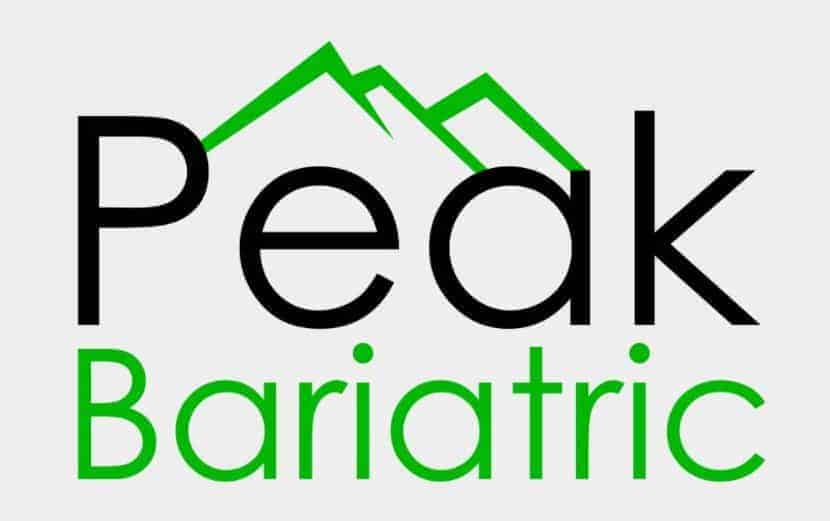The Orbera Gastric Balloon is an FDA-approved weight loss system that has been proven to help patients lose 3.1 times more weight than diet and exercise alone. Dr. Frenzel is happy to offer this less invasive procedure to patients in the Dallas area who have a body mass index between 30 and 40. For many of these patients, the other procedures are not indicated for their BMI.

What is the Orbera System?
The Orbera system is actually a comprehensive two-part program designed to provide effective, motivating results that you can see. It all starts with a soft balloon placed in your stomach for 6 months to reinforce proper portion control. The balloon’s main job is to take up space in your stomach which will teach you to eat smaller meals. All of this without surgery or any incisions. You will be receiving coaching on nutrition, portion control and exercise while the balloon is still placed. At 6 months the balloon is deflated and removed, however, you will still have 6 months in our program to continue to work with the specialists to ensure the habits formed during the first 6 months are reinforced.

How Is the Orbera Procedure Completed?
The insertion procedure is a non-surgical procedure done under a mild sedative, the thin and deflated ORBERA TM balloon is placed into the stomach. It is then filled with saline until it’s about the size of a grapefruit. The procedure typically takes about 20-30 minutes so you can go home the very same day. At 6 months, the balloon is removed in the same way it was placed. Through a non-surgical procedure done under a mild sedative, it is deflated first then removed.
What Can I Expect After the Orbera Procedure?
You can expect rapid weight loss, with the majority typically occurring in the first 3 months of treatment. On average, gastric balloon patients have lost more than 3 times the weight loss of patients who tried diet and exercise alone. The adjustments to your eating habits and your continued efforts to stay active will greatly influence your results. So you should work hard during the program to lose weight and learn the best practices to keep the weight off.
Speak to Dr. Frenzel to learn more about the Orbera procedure.
Important ORBERA™ Intragastric Balloon System Safety Information
The ORBERA™ Intragastric Balloon System is a weight loss aid for adults with obesity, with a body mass index (BMI) ≥30 and ≤40 kg/m2, who have tried other weight loss programs, such as following supervised diet, exercise, and behavior modification programs, but who were unable to lose weight and keep it off.
To receive ORBERA™ you must be willing to also follow a 12-month program, beginning with the placement of ORBERA™ and continuing for 6 months after, that includes a healthy diet and exercise plan. If the diet and exercise program is not followed, you will not experience significant weight loss results; in fact, you may not experience any weight loss.
Losing weight and keeping it off is not easy, so you will be supervised throughout this program by a team of physicians, physiologists, and nutritionists. This team will help you make and maintain major changes in your eating and exercise habits.
ORBERA™ is placed for no more than six months. Any time that the balloon is in the stomach for longer than six months puts you at risk for complications, such as bowel obstruction, which can be fatal.
Some patients are ineligible to receive ORBERA™. Your doctor will ask you about your medical history and will also perform a physical examination to determine your eligibility for the device. Additionally, at the time of placement, the doctor may identify internal factors, such as stomach irritation or ulcers, which may prevent you from receiving ORBERA™.
You must not receive ORBERA™ if you are pregnant, a woman planning to become pregnant within six months’ time, or breast-feeding.
Complications that may result from the use of ORBERA™ include the risks associated with any endoscopic procedure and those associated with the medications and methods used in this procedure, as well as your ability to tolerate a foreign object placed in your stomach. Possible complications include: partial or complete blockage of the bowel by the balloon, insufficient or no weight loss, adverse health consequences resulting from weight loss, stomach discomfort, continuing nausea and vomiting, abdominal or back pain, acid reflux, influence on digestion of food, blockage of food entering the stomach, bacterial growth in the fluid filling the balloon which can lead to infection, injury to the lining of the digestive tract, stomach or esophagus, and balloon deflation.
Important: For full safety information please visit orbera.com/dfu, talk with your doctor, or call Apollo Customer Support at 1-855-MYORBERA.
CAUTION: Rx only.
Reference: Directions For Use (DFU). ORBERA™ Intragastric Balloon System (ORBERA™). Austin, TX: Apollo Endosurgery, Inc



